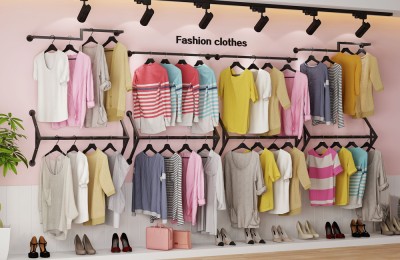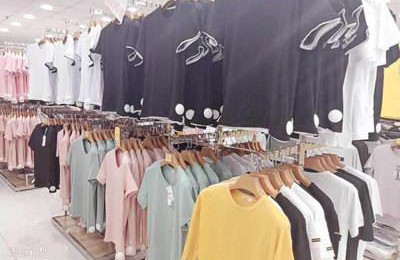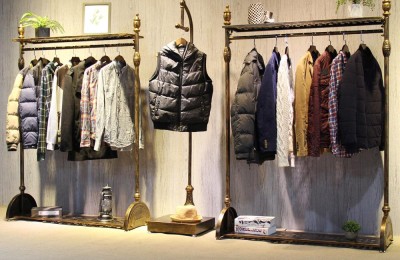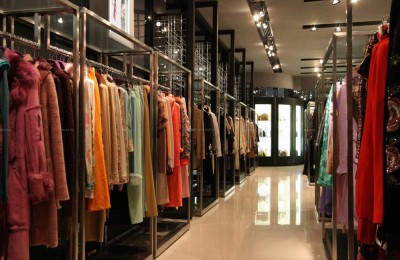It is said that the market is very weak this year. Some people say that both polyester raw materials and weaving companies have become “Buddhist”. Many textile people predict that the “Golden Nine and Silver Ten” in the second half of the year may not arrive as scheduled, and the market mentality is not optimistic.
However, recently, some gray fabric factories have been queuing up to wait for goods, and dyeing factories have been forced to run out of stock. The news spread a lot in the textile circle, and market confidence has recovered a lot. The recovery of the printing and dyeing market is bound to be closely related to downstream enterprises. We are currently more concerned about the situation of weaving manufacturers and traders. For this reason, the China Silk City Network Acquisition and Editing Center conducted a visit and survey on the above-mentioned issues.
The load of weaving manufacturers has recovered, but the inventory pressure is difficult to alleviate
August is the traditional off-season. Most weaving manufacturers and traders are in this off-season stage. Therefore, the inventories of weaving manufacturers have increased and traders’ orders have decreased. After the outbreak of this market order, the shipment situation of weaving manufacturers and traders has changed subtly, which has little impact.
For weaving manufacturers, the most obvious thing is that their confidence has recovered a lot. The situation of reduced operating hours has also improved, and the load has recovered. At present, according to the data monitoring of sample enterprises by China Silk City Network, the operating rate of water-jet and air-jet looms in Shengze area is above 80%. However, in terms of gray cloth inventory, there has been little change. Because the accumulated inventory in the early stage is too high, it is difficult to alleviate the market inventory in this wave of market orders, but the orders have improved slightly from the previous month. According to the data monitoring of sample companies by China Silk City Network, the gray fabric weaving inventory in Shengze area was about 41 days on August 22.
One company produces four-sided elastic, T400 series and various types of elastic The owner of a weaving factory that mainly produces similar fabrics said that compared with June and July, orders have rebounded slightly in August. The machines are now fully operational, the inventory is not much, and the delivery situation is okay.
The number of dyeing in printing and dyeing factories has gradually increased, and the dyeing delivery period has been extended
span>
After investigation and understanding, the dyeing varieties of the printing and dyeing factories that exploded are mainly conventional varieties and market single quality. For some printing and dyeing factories that focus on orders, the number of market orders is also increasing. At present, the hot-selling products in the market can be roughly divided into two categories: market goods and elastic order fabrics. Most of the popular weaving and dyeing factories mainly process these two types of products. However, weaving factories and dyeing factories that mainly specialize in other fabric varieties have not experienced substantial changes in the market and are in a stage of steady growth.
The merchandiser of a foreign trade company in Shengze reported that the factory he had cooperated with before had a liquidation, so There has been no cooperation recently. The dyeing factory we are currently working with is in good condition, with an operating rate of 90% and a current delivery time of about 10 days. But the obvious change that can be felt is the finalization. In early August, the factory would press for finalization, but now you have to queue up for finalization, and sometimes you have to wait for a day or two.
Mr. Chen, the person in charge of a company that mainly produces Roman cloth and other knitted fabrics, said: “Recently, in the Shaoxing dyeing factory, Roman cloth has started to line up to enter the warehouse. In the early stage, it can be done as soon as it is pulled in. Recently, the work has begun to increase, and it can usually be shipped within a week. Recently, some machines in the weaving factory are still parked. The operating rate is about 80%, the market situation is slightly favorable, and the inventory pressure in the factory has also been reduced.”
There are different opinions on the expected dyeing costs
At present, some printing and dyeing factories are out of stock, and the dyeing quantity of most printing and dyeing factories is also In addition, there are recent reports that printing and dyeing factories have increased dyeing fees, so the dyeing fee issue in the second half of the year is also worthy of attention.
Mr. Chen also said: “I feel that the possibility of price increase is relatively small, because Now the whole environment is still bearish. In the past, dyeing factories had holidays in July. This was a phenomenon that had never happened before. However, this year they had holidays because of low orders. Although orders are getting better at present, not all have recovered. Market products There is still differentiation, so from the perspective of demand, I think there is still a lack of motivation for the increase in dyeing fees.”
Mr. Liu of another trading company said this: “It will definitely increase. This year, dyeing factories are holding back and dare not raise prices. Now some factories have more work, and prices will increase soon.” If you have the courage, it will increase easily during the peak season.”
The author believes that whether dyeing fees will increase depends largely on the price of dyes. In recent times, environmental protection actions in the dyeing and chemical industry have become stricter, and dye companies may limit production and suspend production, so dye prices are more likely to rise. Therefore, the possibility of dyeing fees rising along with dye prices in the second half of the year still exists.
Can market orders continue the market trend?
According to the practice of previous years, the market will be hit by big waves starting from October in the second half of the year, and November is the craziest time. But in mid-to-late October last year, a wave of market orders hit. However, what I didn’t expect was that this wave of good market conditions came in such a hurry and disappeared in just a dozen days.��. Therefore, will the current wave of market orders also come and go in such a hurry?
The author believes that this wave of market orders will not last very long. It means “fast”. Some fast fashion brands use it to seize the clothing market, so they require fast shipping speed. When new clothing spreads to the entire market, “fast” has lost its meaning, and more emphasis is placed on “fine”. Therefore, market orders come and go in a hurry, and the second half of the year will still be dominated by orders.
After research, most business owners are not satisfied with this wave of market orders. The market conditions are also mostly bearish. Mr. Liu of a trading company believes that “market goods come in waves, and they come and go quickly. It will probably only last a month or two, and then it will be relatively dull. There is little connection between market orders and orders, and market goods are The requirements are completely different from the order requirements, so it will not drive up the order market.”
Mr. Wang of a foreign trade company said: “It is probably a wave of market conditions, because our company is busy in the second half of the year from November to December, and there are many market orders at this time in previous years, so the current wave should be temporary. Normally, it should be concentrated by then. However, the overall market situation this year is not as good as before, and it may not reach the peak of previous years. It can only be said that it will be better than the current situation.”
Generally speaking, Boss Bu is still full of expectations for the market outlook, but judging from the current situation, there are more people who are bearish. It is true that the textile industry has become “Buddha-like”, but the author believes that “Buddha-like” is only temporary. When the orders in the second half of the year are up, even if they are not as large as expected, they will be better than those in July and August. Bu bosses should still be confident and welcome the second half of the year with the best attitude.
</p







